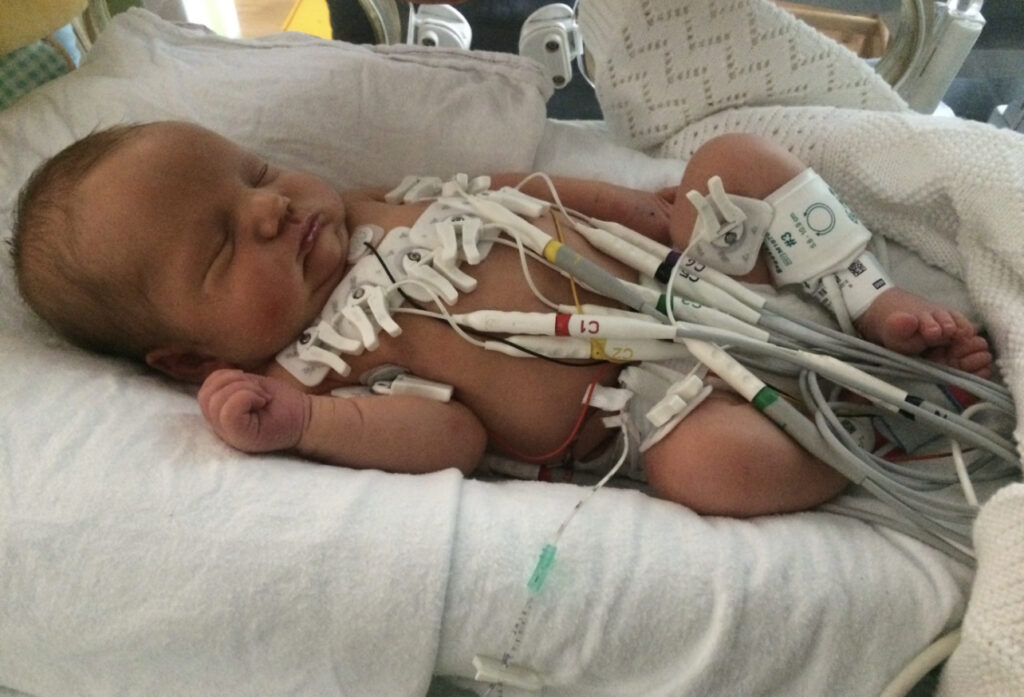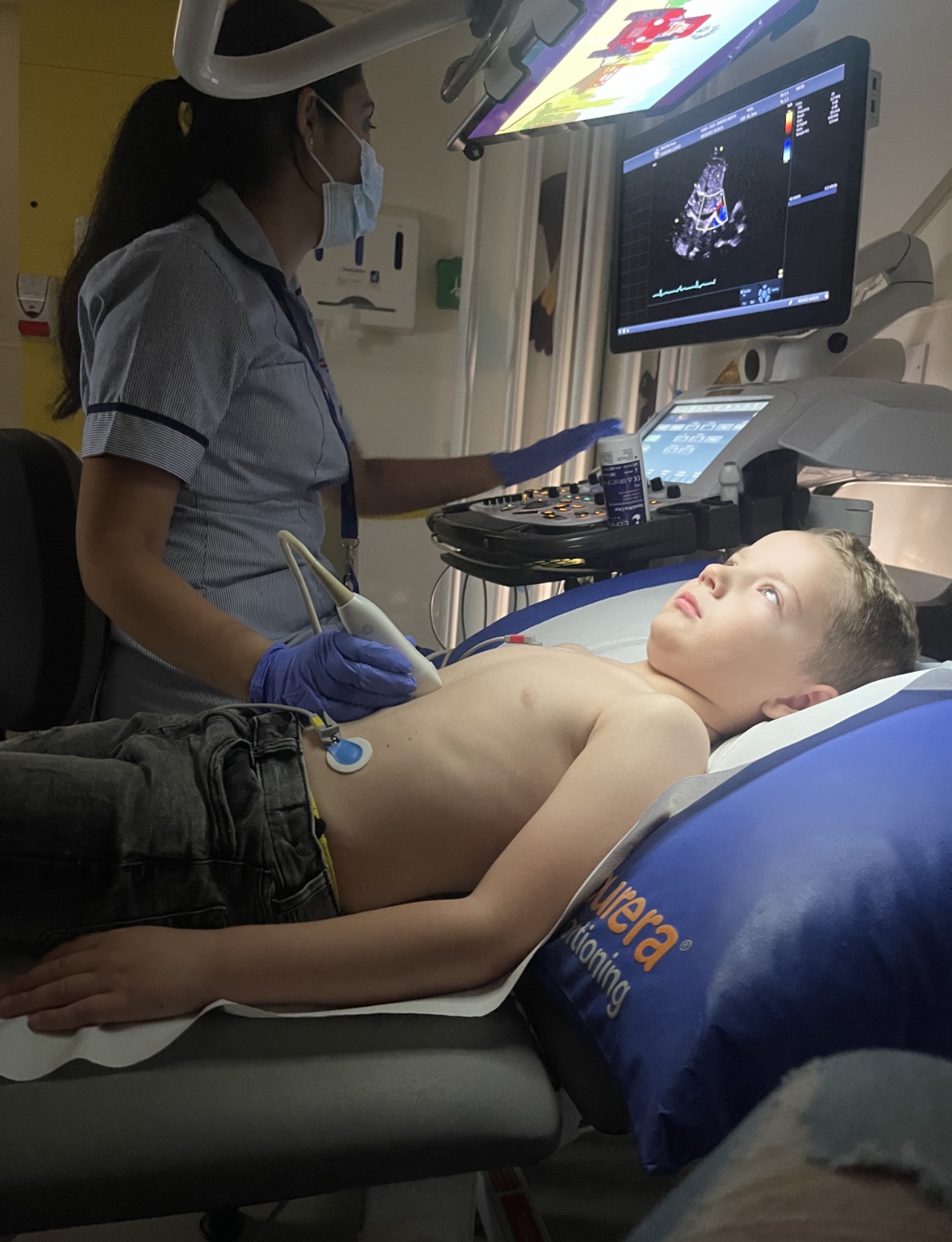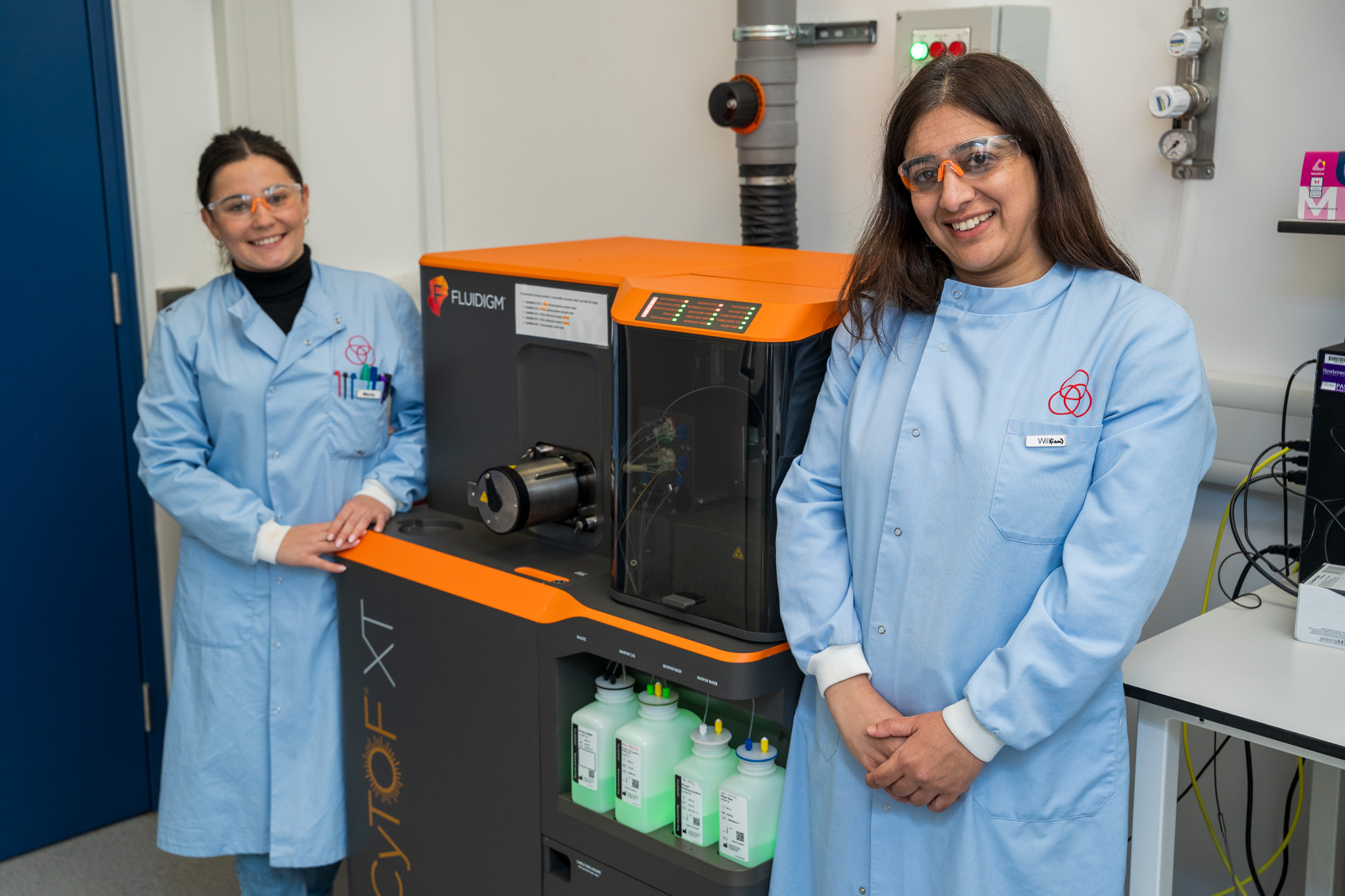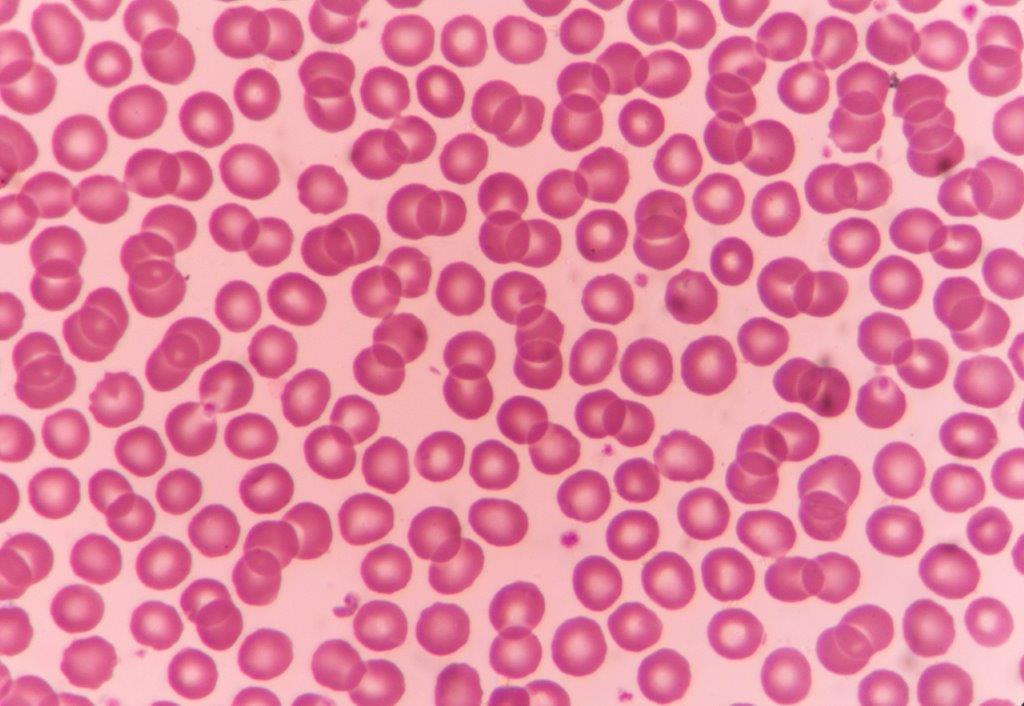A new blood test that could identify children with a potentially fatal heart condition has been developed by researchers at UCL (University College London) and Great Ormond Street Hospital (GOSH), thanks to investment from LifeArc and the charity Action Medical Research.
A promising research breakthrough
Up to 1000 children in the UK are living with a hereditary condition called hypertrophic cardiomyopathy (HCM), which causes thickening of the heart muscle. There is currently no cure and, although rare, it can cause sudden death in children and young people.
Research results, published today in the peer-reviewed journal, Circulation: Genomics and Precision Medicine show that the new test, measuring seven proteins in the blood, can successfully act as a marker for HCM. The test can also identify four proteins which may indicate cases where there is a greater risk of sudden death, and there are now hopes this could be developed for use across the NHS to speed up diagnosis and treatment for children with the condition.
Juan Pablo Kaski, Professor of Paediatric Inherited Cardiovascular Medicine at the UCL Institute of Cardiovascular Science and consultant cardiologist at Great Ormond Street Hospital, explains: “Hypertrophic cardiomyopathy is the commonest cause of sudden death in children and teenagers. Although our ability to diagnose the condition has improved considerably in the last few years, many of the tests we use are expensive and may not be routinely available throughout the world. In addition, whilst we have also made huge advances in the identification of children with HCM at risk of sudden cardiac death, we are still looking for quicker and more accurate ways to do this. The development of a simple blood test to both detect the disease and identify high-risk children with HCM, if confirmed and validated, could have a major impact on the care of children with this condition.”
“Diagnosing rare diseases can be challenging but having a diagnosis can make a huge difference for patients and their families. LifeArc has been working with Action Medical Research to fund projects like this since 2019 and we hope that this will ultimately help more children get a diagnosis sooner and have better treatments that could help to save their lives.”
Dr Catriona Crombie, Head of the Rare Diseases, Lifearc
Dr Caroline Johnston, Senior Research Manager at Action Medical Research, says: “Funding research to further our understanding of rare diseases such as hypertrophic cardiomyopathy is important and brings hope to families. We are delighted to partner with LifeArc and work towards improving the lives of children living with HCM.”
“This research brings hope to other families”
Seven-year-old Henry was diagnosed with hypertrophic cardiomyopathy when he was just two days old. He was born via emergency caesarean at 37 weeks after doctors detected another condition, supraventricular tachycardia, which can cause the heart to suddenly beat much faster. It was while being treated for this condition that they realised he had hypertrophic cardiomyopathy. Henry was in some ways lucky to be diagnosed, as many people living with the condition may be undiagnosed or do not have any symptoms.
Henry and his family have adapted well, but living with a potentially life-threatening condition is challenging and scary. Henry’s mum Kayleigh comments: “Henry has had to become aware of his condition and recognise when something doesn’t feel right and tell someone. I used to feel very nervous when Henry ran around.” ‘Not feeling right’ could include symptoms of hypertrophic cardiomyopathy, such as shortness of breath, chest pains and palpitations resulting from the stiffening of the heart muscle, which makes it less efficient at pumping blood.

Henry has experienced some symptoms, but he is doing well. “I had nightmares about him taking part in sports day at school as we simply don’t know how far he is able to push himself,” explains Kayleigh. “It feels awful to think we’re holding him back, but the thought of something happening to him is worse than missing out on some activities. He has to be regularly monitored, but he is so understanding and has learnt to take everything in his stride.” Henry’s condition is even rarer as hypertrophic cardiomyopathy is usually hereditary, but according to Kayleigh, the condition isn’t in their family. She explains: “As a precaution Henry’s older sister Georgina also has annual checks. We don’t know what the future could bring, it’s a worry that it could be picked up in our daughter too.”
Henry and his family try not to let his condition define their lives and they are hoping that ongoing research may help Henry now or in the future. Speaking about the importance of research, Kayleigh says: “Understanding of HCM is improving but during Henry’s early days we had no idea what was going on. This research brings hope to other families and we hope that as Henry grows up his path will become steadier and easier.”
Media contact
Hannah Severyn
Head of Media and PR at LifeArc




